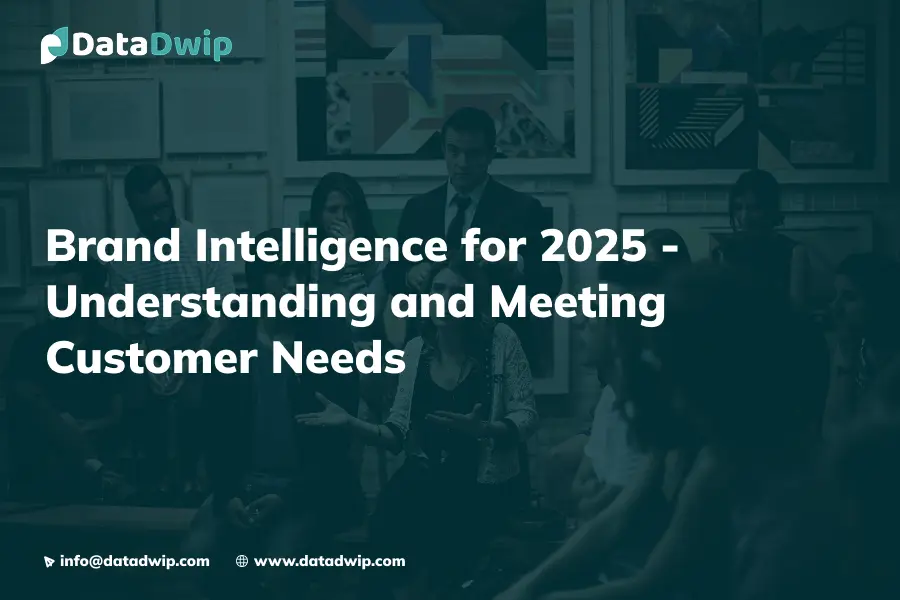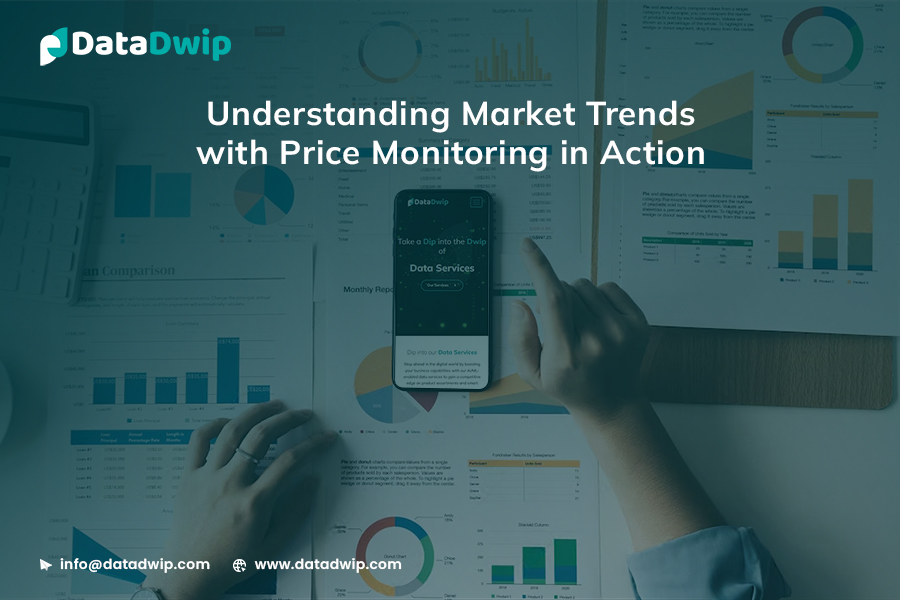Imagine walking into a store where everything feels like it was designed just for you. The products, the layout, and even the music all align perfectly with your preferences. Now, picture this experience happening online, across every interaction you have with a brand. This isn’t magic; it’s the power of brand intelligence. By 2025, businesses that truly understand their customers and adapt to their needs will dominate the market. But how do they get there? Let’s explore how brand intelligence is shaping the future of customer relationships and why it’s essential for businesses to stay ahead.
What is Brand Intelligence?
At its core, brand intelligence is about understanding your customers deeply and using that knowledge to make better decisions. It’s not just about collecting data; it’s about turning that data into actionable insights. Think of it as a way to listen to your customers, learn from their behavior, and create experiences that feel personal and meaningful.
For example, if you notice that a large group of customers frequently searches for eco-friendly products, you might decide to expand your sustainable product line. Or, if you see that customers are abandoning their carts because of high shipping costs, you could introduce free shipping thresholds. These decisions aren’t guesses—they’re informed by brand intelligence.
Read Also- Brand Intelligence: Navigating Brand Health with Data-Driven Insights
Why Brand Intelligence Matters in 2025
The world is changing fast. Customers today have more choices than ever, and their expectations are higher. They want brands to know them, understand them, and deliver value without being intrusive. By 2025, businesses that fail to meet these expectations risk being left behind.
Here’s where brand intelligence comes in. It helps businesses:
1. Predict customer needs: By analyzing trends and behaviors, brands can anticipate what customers want before they even ask.
2. Build stronger relationships: When customers feel understood, they’re more likely to stay loyal.
3. Stay competitive: In a crowded market, the brands that stand out are the ones that truly “get” their audience.
How to Use Brand Intelligence to Understand Customer Needs
So, how can businesses use brand intelligence to better understand their customers? Here are a few practical steps:
1. Listen to Your Customers
The first step is to listen. This means paying attention to what customers are saying—whether it’s through reviews, social media comments, or direct feedback. Tools like sentiment analysis can help you understand the emotions behind their words. For instance, if customers are consistently complaining about a specific feature of your product, that’s a clear sign it needs improvement.
2. Analyze Behavior Patterns
Data is your best friend when it comes to brand intelligence. By analyzing customer behavior, like purchase history, website clicks, and app usage, you can identify patterns and trends. For example, if you notice that a significant portion of your customers shop late at night, you might consider offering nighttime promotions or extending customer service hours.
3. Personalize the Experience
Customers don’t want to feel like just another number. They want experiences that feel tailored to them. With brand intelligence, you can create personalized recommendations, targeted ads, and customized messaging. For instance, if a customer frequently buys running shoes, you could send them updates about new arrivals in that category or tips for marathon training.
4. Stay Ahead of Trends
The world is constantly evolving, and so are customer preferences. By using brand intelligence, you can stay ahead of trends and adapt quickly. For example, if you notice a growing interest in plant-based diets, you might consider adding more vegan options to your menu or product line.
Challenges in Implementing Brand Intelligence
While brand intelligence offers incredible benefits, it’s not without its challenges. Here are a few common hurdles businesses face:
1. Data Overload
With so much data available, it’s easy to feel overwhelmed. The key is to focus on the metrics that matter most to your business. For example, if your goal is to improve customer retention, you might prioritize data related to repeat purchases and customer satisfaction.
2. Privacy Concerns
Customers are becoming increasingly aware of how their data is used. To build trust, businesses must be transparent about their data practices and ensure they’re complying with privacy regulations.
3. Keeping Up with Technology
The tools and technologies used for brand intelligence are constantly evolving. Businesses need to stay updated and be willing to invest in the right resources.
The Future of Brand Intelligence
As we look ahead to 2025, brand intelligence will become even more sophisticated. Here are a few trends to watch:
1. AI and Machine Learning
While we’re avoiding buzzwords, it’s worth noting that AI and machine learning will play a significant role in the future of brand intelligence. These technologies can help businesses analyze large amounts of data quickly and accurately, making it easier to spot trends and make predictions.
2. Real-Time Insights
In the future, businesses will be able to access real-time insights about their customers. This means they can respond to needs and preferences as they happen, creating a more dynamic and responsive experience.
3. Greater Personalization
As technology advances, so will the ability to personalize experiences. Imagine a world where every interaction with a brand feels like it was designed just for you, from the products you see to the messages you receive.
How to Get Started with Brand Intelligence
If you’re ready to embrace brand intelligence, here’s how to get started:
1. Define Your Goals: What do you want to achieve with brand intelligence? Whether it’s improving customer satisfaction, increasing sales, or staying ahead of trends, having clear goals will guide your efforts.
2. Invest in the Right Tools: There are many tools available to help you collect and analyze data. Choose ones that align with your goals and budget.
3. Train Your Team: Make sure your team understands how to use brand intelligence effectively. This might involve training sessions or hiring experts.
4. Start Small: You don’t have to overhaul your entire strategy overnight. Start with a small project, learn from it, and scale up as you go.
Final Thoughts
By 2025, brand intelligence will no longer be a nice-to-have—it will be a necessity. Customers expect brands to understand them, anticipate their needs, and deliver personalized experiences. Businesses that embrace brand intelligence will not only meet these expectations but also build stronger, more lasting relationships with their customers.
The journey to mastering brand intelligence may seem daunting, but the rewards are well worth it. Start today, and you’ll be well on your way to creating a brand that truly resonates with your audience. After all, the future belongs to those who listen, learn, and adapt.







